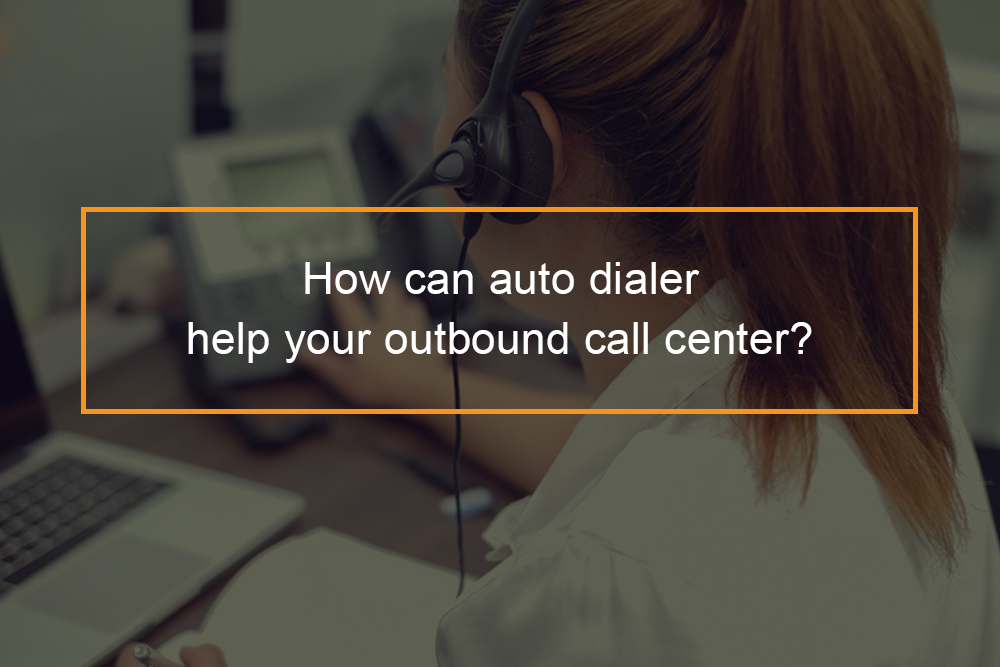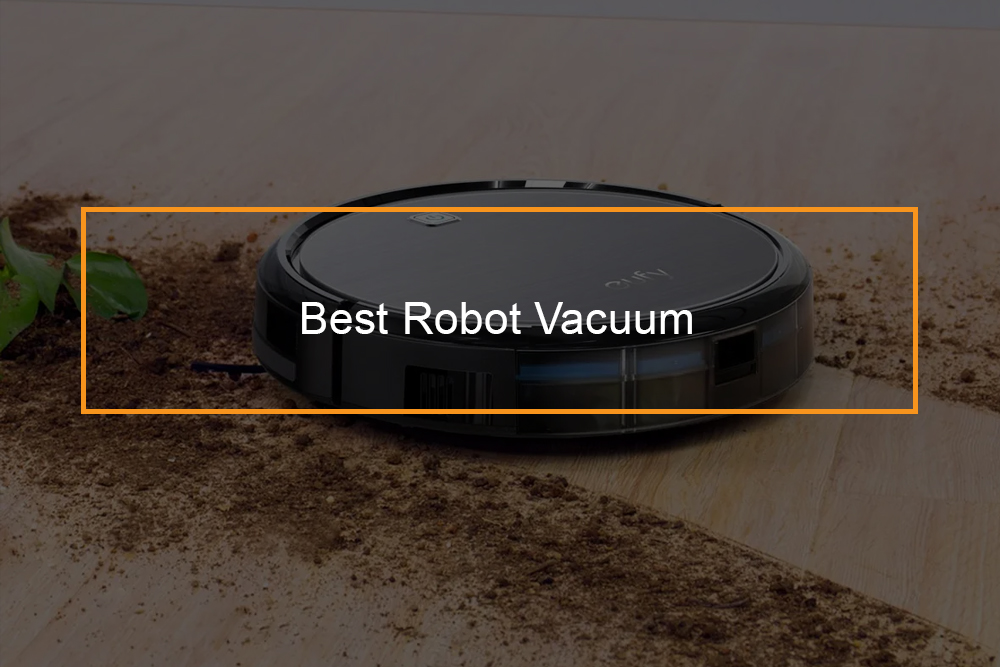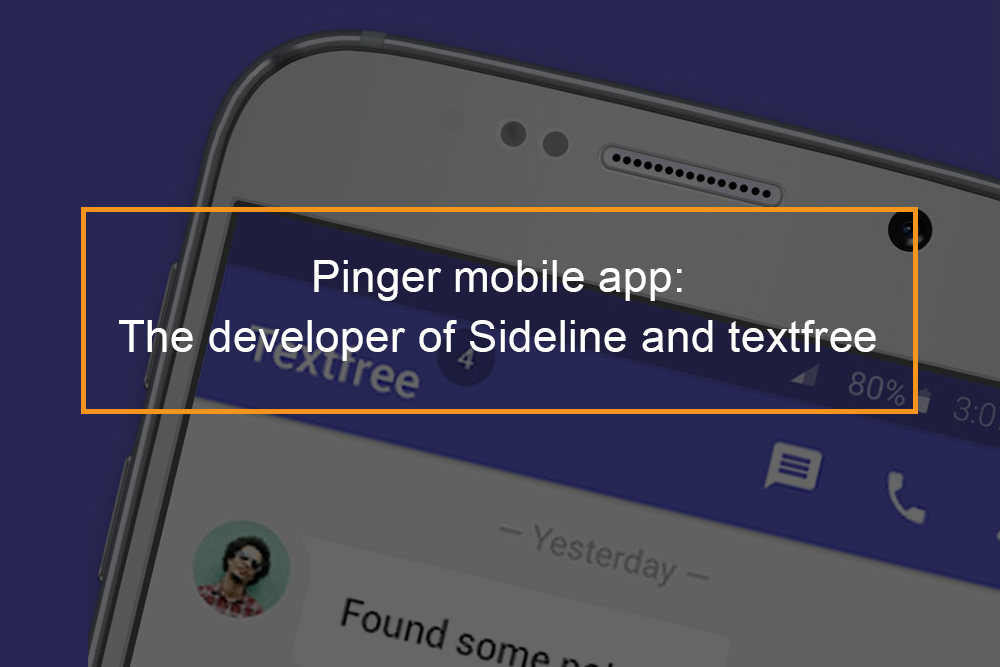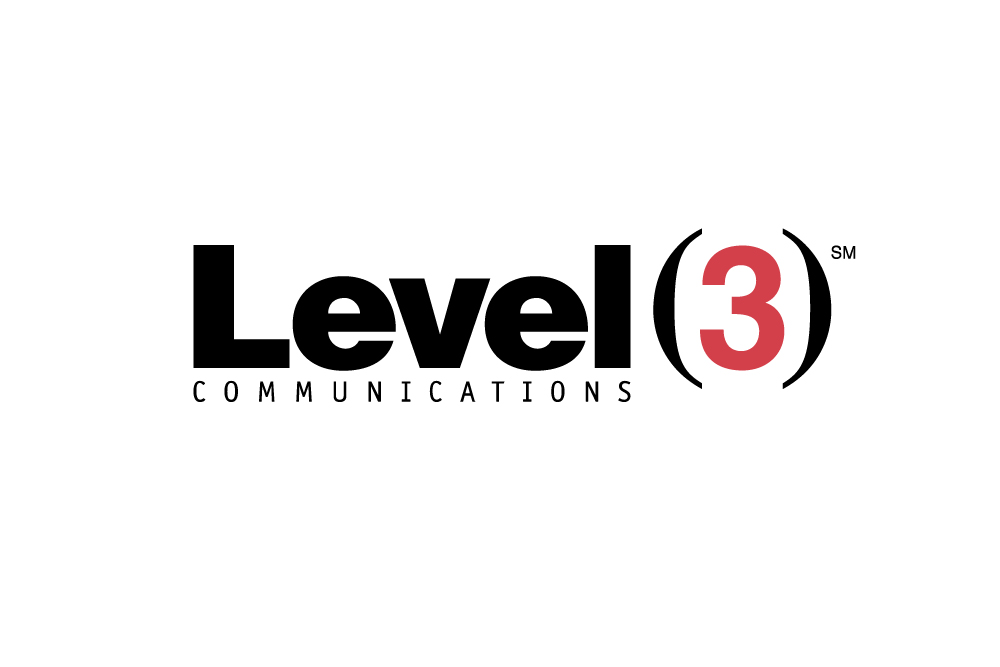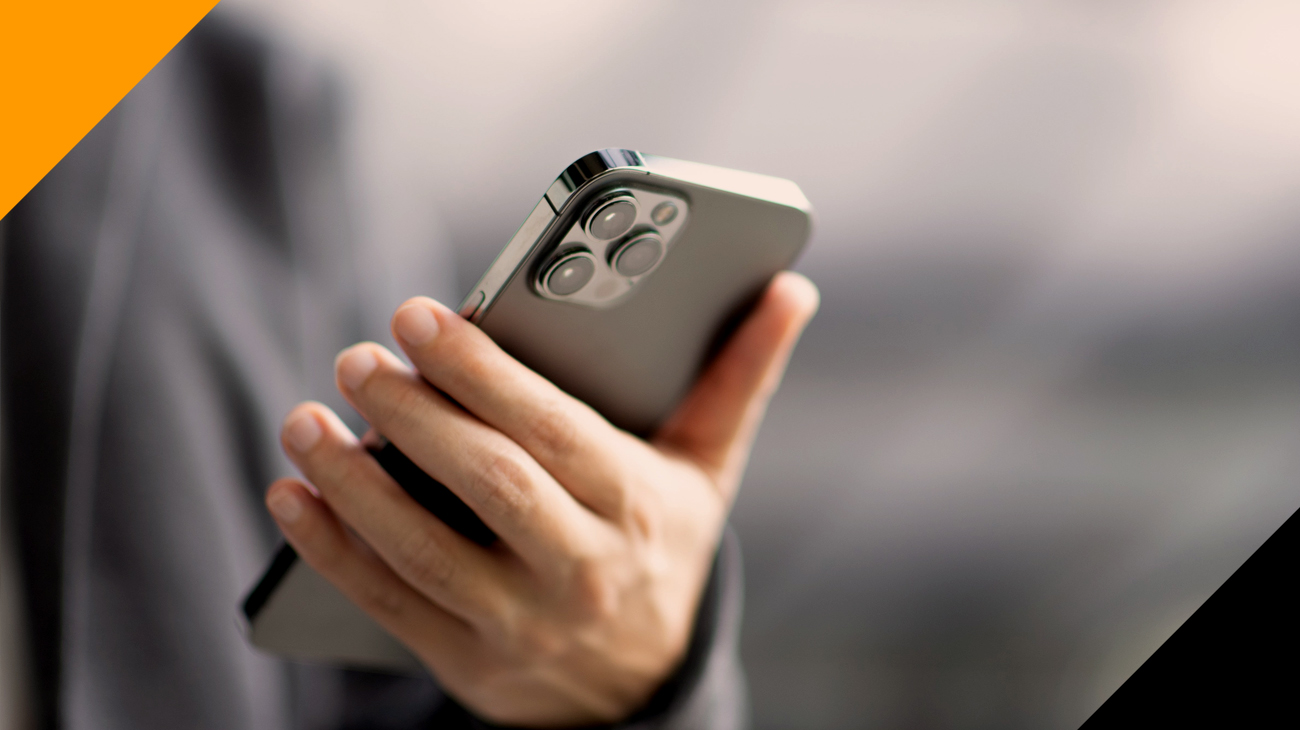Dialer Modes for Contact Centers

Dialer Modes on when to use them, and when not to use them
The type of campaign you’re running, the sales cycle’s length, and what size your sales team is. These are the key factors in choosing the correct dialer to run a successful sales campaign. How many modes are there in the dialer?
In terms of the way you deal with and interpret your data, it’s crucial to think about the source and the quality that your prospects are. It is also essential to be able to analyze the data from your calls quickly. The best dialer tools give you live reports on the most important metrics you need to know so that you can adjust your campaign and alter the dialer’s mode when needed.
Table of Contents
How many modes are there in dialer?

How many modes are there in the dialer? There are 10 different modes of dialer. They are: Preview Dialer Automated Dialer (Also Advanced Dialer) and Power Dialer Predictive Dialer Outbound IVR (Also called Power IVR) and Account-based Dialer List Calling Keypad Dialer (also manual Dialer )”Click-to-Call” Dialer or Virtual Calling.
What is a dialer?

Dialer (American English) or dialler (British English) is an electronic device connected to a phone line to track the numbers dialed and modify the numbers to provide seamless services that normally require long National and International access numbers to dial. A dialer is able to automatically insert and change the numbers based on the daytime, time of the day, or area code that is dialed and allows the user to sign up to service providers that offer the most competitive rates.
Why should you want to use a dialer?
The dialers of today can aid in increasing efficiency in your contact center, they also help reduce costs. They also serve as essential business devices for sales teams who want to increase their sales calls and also increase sales.
Dialer modes basically allow you to standardize the calling process agents, manage workflows, and evaluate the performance. They also cut down on the manual effort and contribute to a higher volume of calls. This means you’ll be able to increase efficiency and make more sales.
Different dialer modes and When to use it
Preview Dialer
Preview Dialer, also known as Semi-Automatic Dialer, is the most frequently used dialing option for more elaborate campaigns at contact centers. The Preview Dialer displays agents the contact’s details before they call. After looking over the information, agents are able to manually start the call when they are prepared.
When should you use a Preview Dialer?
There are a handful of particular situations in which you must make use of this Preview setting for dialing. For instance, in complicated customer cases, in which individual particulars are crucial agents may have to look over the case details prior to beginning the call in order to maximize the chances of completing the call.
Utilizing Preview Dialer is helpful in Inside Sales as well as Customer Follow-Ups as these situations often require some level of personalization or specificity in the phone campaign.
Look over the information you have on hand when thinking about a Preview Dialer. If your data only contains names and phone numbers, you won’t benefit from Preview Dialer (unless your agents have information about the contact, e.g. reaching out to celebrities to raise money).
| pros | cons |
|
|
Automatic Dialer (also Progressive Dialer)
The Automatic Dialer (also called Progressive Dialer) will call the next person on the list once the agent is finished with his last conversation. It is not to be misunderstood with Power Dialer, covered later in this post.
Automated dialers increase the efficiency of agents and reduce the chance of silent or abandoned calls. This highlights the major distinction between Automatic Dialers as well as the predictive dialer, which anticipates when an agent will complete their call, and then tries to make a call waiting to call the agent right away.
We often connect Automatic Dialers to excessive deadlines and voicemails, which results in lower time for conversations per hour. It’s not the dialer’s fault. The absence of lines and voicemails indicate that you require more leads, better management of background lists and a built-in answering machine detection.
When should you use an Automatic Dialer?
Automatic dialers are particularly useful in situations where you need to boost effectiveness in your campaigns targeting existing customers or to make contact with people of high quality. Examples include renew or upsell promotions, where agents only have a short moment to review the contact details before the customer is able to answer.
Automated dialing is a great option when you have a well-motivated team, and you can gamify your tasks, from big screen leaderboards, to in-window updates and personalized announcements for agents.
| pros | cons |
|
|
Power Dialer
Sometimes, Power Dialers are used as a catch-all term for any automated dialing and can be confused with automatic/progressive dialing. Beware of this when using multi-mode systems, this isn’t the case or Power Dialers are a specific type of automated call that has more active calls than agents.
Power Dialers are like Automated Dialers in the sense that they strive to make sure the agent is always speaking to a person. They’re set up to a minimum calls-to-agent-ratio that you can adjust up or decrease according to the requirements of your campaign. This means agents will wait less time for calls to be answered. It is essential to monitor the ratio of calls to agents in order to limit the chance of a caller calling even if there aren’t any agents on hand.
When should you use a Power Dialer?
Make use of the Power Dialer If you are a small team managing your campaign, but you have more leads prospects that are already warm and you need agents to focus on.
| pros | cons |
|
|
Predictive Dialer
Predictive dialers use an amalgamation with algorithms as well as AI to determine when contacts need to be contacted to ensure that agents always have a caller waiting to speak with them after they’ve completed their last call. If you’re working with a large staff and a short duration of calls, predictive dialing could increase your call rate.
For agents, the major bottlenecks is typically having someone to speak to on the phone. The Predictive Dialer makes calls on its own, alters rates of dialing based on live data, and checks for voicemails and only forwards a call to you when the potential client picks up the phone, thereby saving time.
The provider you choose the Predictive Dialer may include features that allow you to determine drop rates so that you can comply with country-specific rules. Certain Predictive Dialers have specific modes that allow you to increase the aggressiveness of calls and avoid dropping calls completely. But, even the most reliable predictive dialers will experience only a tiny percentage of dropped calls, if there aren’t any agents available to answer the calls. For some providers, you may reduce the chance of this happening by redirecting your call over to an announcement system or IVR as an example.
Predictive dialers are highly controlled in certain countries. You should be aware of local laws that apply to you. For instance in the UK and the US the rates of abandonment should be no more than 3% during any 24-hour period within 30 days.
When should you use a Predictive Dialer?
Predictive dialers are the most efficient in simple calling campaigns that have huge lists, such as typical product sales.
| pros | cons |
|
|
Outbound IVR (also known as Power IVR)
Outbound IVR makes robot calls (or sends messages) to contacts to deliver the same message. Outbound IVR is ideal with existing customers and excels where you want to take the burden away from your agents so they can focus on closing deals. Call Centers are increasingly using big data analytics, CRM software, and more Outbound IVR to identify and trigger transaction opportunities while reducing spam-like calls.
Due to the spam aspect, many countries prohibit Outbound IVR. However, legitimate and compliant Outbound IVR is growing. Outbound IVR has been used especially for political campaigns, where a large number of voters have been contacted. Some other use cases for high-volume Outbound IVR are public service or emergency announcements, where a large group of people must be quickly informed.
You should talk to a local outbound expert to understand your country’s regulations and their implications on Outbound IVR.
When could you use Outbound IVR?
Outbound IVR can be useful for reminding current customers about overdue payments, or for the public sector; reaching out to a large group of people during emergencies.
| pros | cons |
|
|
Account-based Dialer
Many dialers are just simple calling lists, where there isn’t much cooperation between agents. An Account-based Dialer gives agents a greater view, showing who has already been called in the same “account” or organization. This will help your agents understand the case more and bring them closer to closing the lead. You don’t even need a separate CRM for account-based dialing. With real-time call monitoring and reporting, Account-based Dialers will help you get the best out of every call. When used together with assignment based on agent, meeting booking tools, and data insights, an Account-based Dialer makes every call productive and shortens B2B sales cycles.
When could you use an Account-based Dialer?
In B2B sales where you might have long sales cycles, multiple decision makers, and many meeting bookings. Account-based Dialers are especially useful when you need transparency so that everyone on the team can cross-reference and share the latest call notes, callbacks and meeting arrangements, working to get the deal closer to a win.
| pros | cons |
|
|
List Calling
List dialing is simply seeing your contact list in advance and choosing which contact to call. However, this sort of calling where you just call the next contact on your list can mean lots of wasted time that could have been used to close sales. More advanced Dialer solutions give you smart list automation, intelligent prioritization, and advanced search and filters that help agents work like lightning.
Call Center software should have the standard features where your lists are easily imported, processed, and managed. You should also have the option to sync directly with your client’s lists, especially in multi-partner outsourcing.
When could you use List Calling?
List Calling still has its place in certain scenarios. For example, consider a type of switchboard scenario, where the customer is the middle point of providing a service, and that doesn’t require you to “finish” a list. Other use cases could be if you want to manually prioritize date, time, or other column values from databases and spreadsheets.
Keypad Dialer (also Manual Dialer)
This was the start of the call center industry. Manual keypad dialing is as basic as it gets. Agents can type the desired number into a field, and the dialer will start calling. Think of landlines, but using VoIP. Needless to say, this is a last resort for contact centers and, in terms of efficiency, it ranks right at the bottom.
When should you use a Keypad Dialer?
There aren’t many use cases where using a Keypad Dialer makes sense anymore. However, if you got a paper business card from a trade show or during a meeting, manual dialing might be a good choice. With contact center software, you could enter the contact details so you have call records, notes, and never have to manually dial again. If you have a large collection of business cards, you would get faster results working with a spreadsheet and then importing the spreadsheet into your contact center software.
Another beneficial use case could be when agents do scouting to increase the data pool. The best contact center software lets you use the keypad to either call or add new contacts directly into the system. Also consider keypad for various switchboard services, where agents are asked to reach out to a new client but don’t know the customer yet.
| pros | cons |
|
|
Click-to-Call Dialer
A Click-to-Call dialer is a dialer that can detect phone numbers on webpages, spreadsheets or CRM systems and make them “clickable”. This is useful for sales agents who need to conduct some research about targets in their campaign, or find the right contact person in a company before dialing. More advanced click-to-click dialers feature extra capabilities, where you can manage call data beyond basic callback scheduling. They can provide order management, call routing and call monitoring for team leaders and managers.
Click-to-Call Dialers can sometimes work in parallel with fully-featured Automatic Dialers and allow you to switch to and from click-to-call when needed.
When should you use a Click-to-Call Dialer?
Click-to-Click Dialers are great if you are working alone or in a tiny team, and you want to use cheap VoIP to call customers directly from their website.
Another common use case is for calling directly from your CRM system. You won’t get the efficiency that other dialer modes give, however calling through VoIP is faster and cheaper than manually dialing through a mobile phone.
| pros | cons |
|
|
Virtual Calling
Virtual calls aren’t really calls. They exist so agents can log face-to-face conversations into the contact center system so that there is a better overall record of customer communications. A virtual call can be a preliminary face-to-face conversation which is logged so that an agent can follow up with the lead later on and give a better customer experience. For example, virtual calls and similar solutions will help you track deals made by field workers using tablets at events and meetings.
The most efficient virtual call solutions enable field agents to rapidly input offline data directly into the system with their smartphone or tablet. Mobile apps help field agents and outbound call center agents to work rapidly together. This means that you can build highly effective multi-touch campaigns around live corporate events.
When should you use Virtual Calling?
Use Virtual Calls to log in-person meetings into your contact center. When your dialer has a CRM integration, your entire team will then get the full communication history associated with each contact.
| pros | cons |
|
|
Frequently Asked Questions
How to choose the right Dialer software?
You can categorize Dialer Modes into two general descriptions; manual or automatic. A manual dialer mode always requires the agent to start the call, while automatic modes are constantly calling new numbers as long as they are switched on.
Consider these questions when choosing between manual and automatic dialing:
- Do you want to call it quantity or quality?
- Is there enough data to warrant a manual call mode (more than just a name and phone number)?
- Will your script work with your chosen dialing mode? for your dialing preference?
- Are your agents experienced enough to choose their tactics? Or should you force them to use a specific mode and standardize the call process?
Which calling style is better for you?
This is the tough part, as both manual and automatic have their place. As the price of contacts is going up, there will always be a trade-off. A question you should ask yourself; are you pushing for agent efficiency or contact efficiency? Both manual and automatic calling have their place. The tough question to ask is where you take a trade-off with your dialer choice.
Do you want to prioritize Agent Efficiency over Contact Efficiency, or vice versa? Usually, you’d want your agents on the phone as much as possible. On the other hand, you might want to ensure each contact on your list gets the “royal treatment”, so you don’t risk losing high-quality contacts.
You should also consider your calling frequency per contact, calling multiple times in a short period might even lead to your outbound number being blocked and marked as spam. In the end, it comes down to contact list volume, lead quality, the case, and your business.

